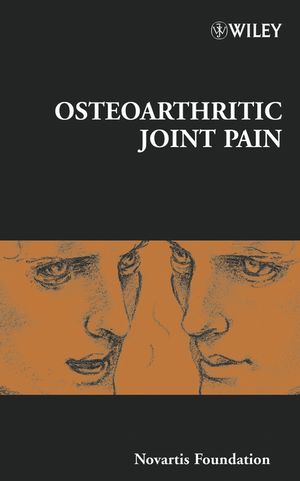

Most ebook files are in PDF format, so you can easily read them using various software such as Foxit Reader or directly on the Google Chrome browser.
Some ebook files are released by publishers in other formats such as .awz, .mobi, .epub, .fb2, etc. You may need to install specific software to read these formats on mobile/PC, such as Calibre.
Please read the tutorial at this link: https://ebookbell.com/faq
We offer FREE conversion to the popular formats you request; however, this may take some time. Therefore, right after payment, please email us, and we will try to provide the service as quickly as possible.
For some exceptional file formats or broken links (if any), please refrain from opening any disputes. Instead, email us first, and we will try to assist within a maximum of 6 hours.
EbookBell Team

0.0
0 reviewsSeveral mechanisms are thought to contribute to osteoarthritic joint pain. These include mild synovial inflammation, bone oedema, ligament stretching, osteophyte formation and cartilage-derived mediators. Changes in joint biomechanics and muscle strength also influence the severity and duration of joint pain in osteoarthritis. Within the nervous system, the relative contributions of peripheral afferent nociceptive fibres and central mechanisms remain to be defined, and there is limited information on the phenotype of sensory neurons in the OA joint. Importantly, there is no relation between clinical severity, as measured by radiographic changes, and the presence and severity of joint pain. Patients with severe joint pain may have normal joint architecture as determined by X-ray, whereas patients with considerable evidence of joint remodelling may not have significant joint pain. Treatments for osteoarthritic joint pain include non-steroidal anti-inflammatory compounds, exercise, corrective shoes and surgical intervention. There remains a critical need for improved control of joint pain in osteoarthritis.
This book brings together contributions from key investigators in the area of osteoarthritic joint pain. It covers the clinical presentation of joint pain, the pathways involved in joint pain, osteoarthritis disease processes and pain, experimental models and pain control. The discussions provide insights into the nature of osteoarthritic joint pain, identify key studies needed to advance understanding of the problem, highlight possible intervention points and indicate future pathways towards a better treatment of osteoarthritic joint pain.